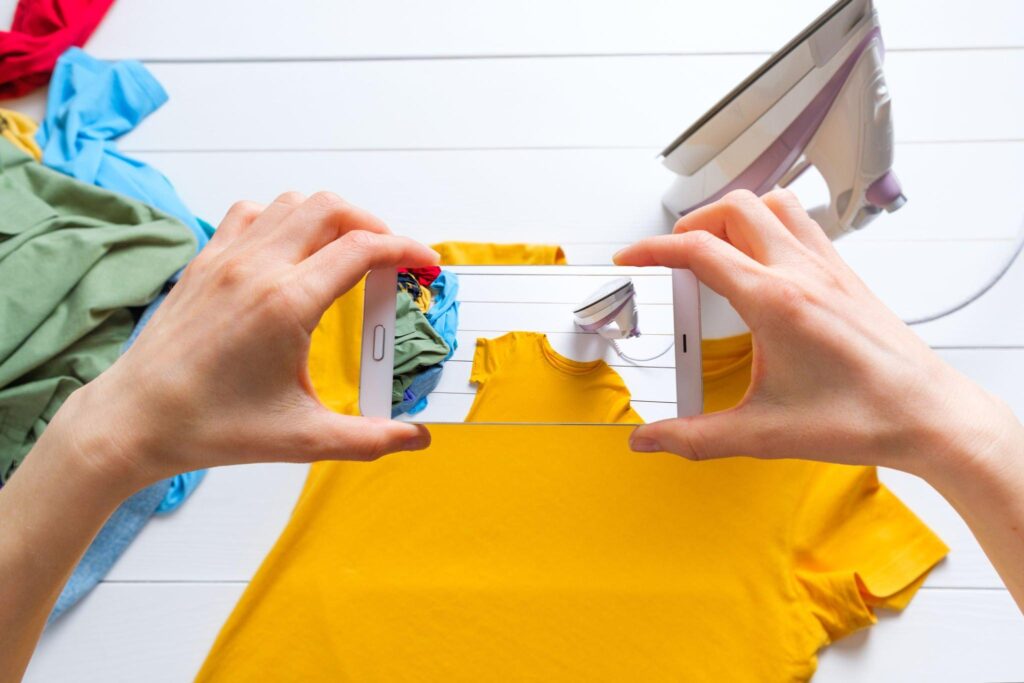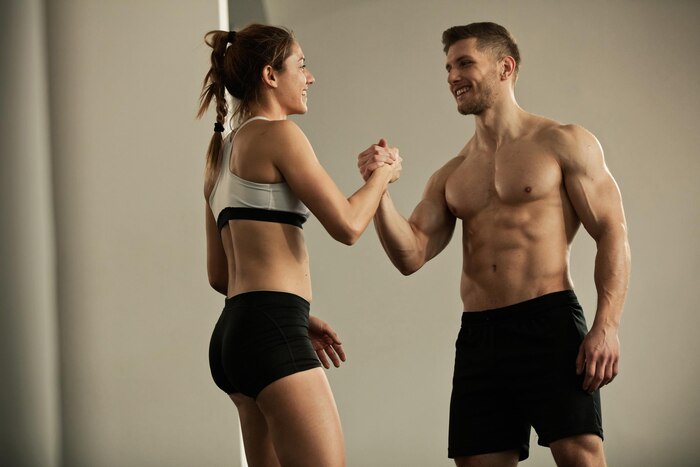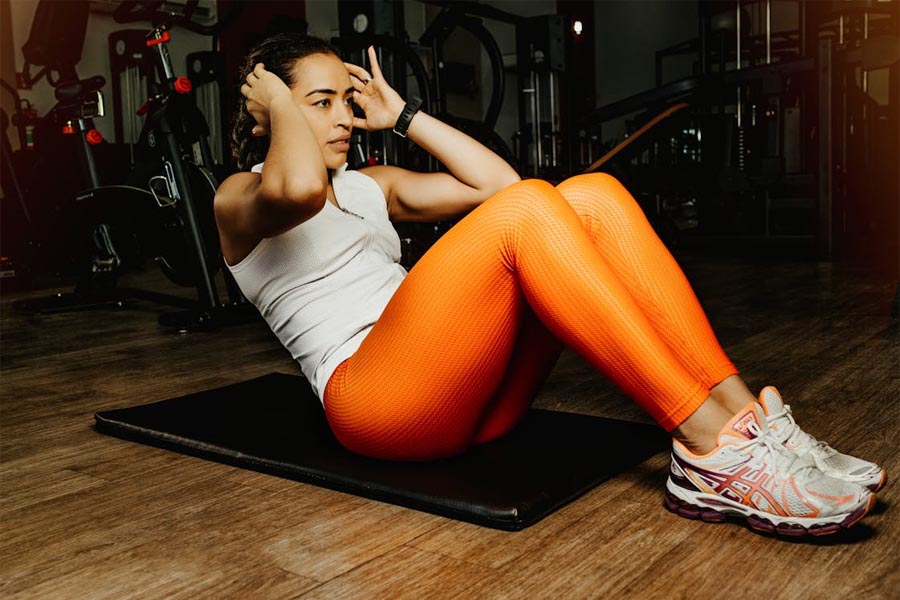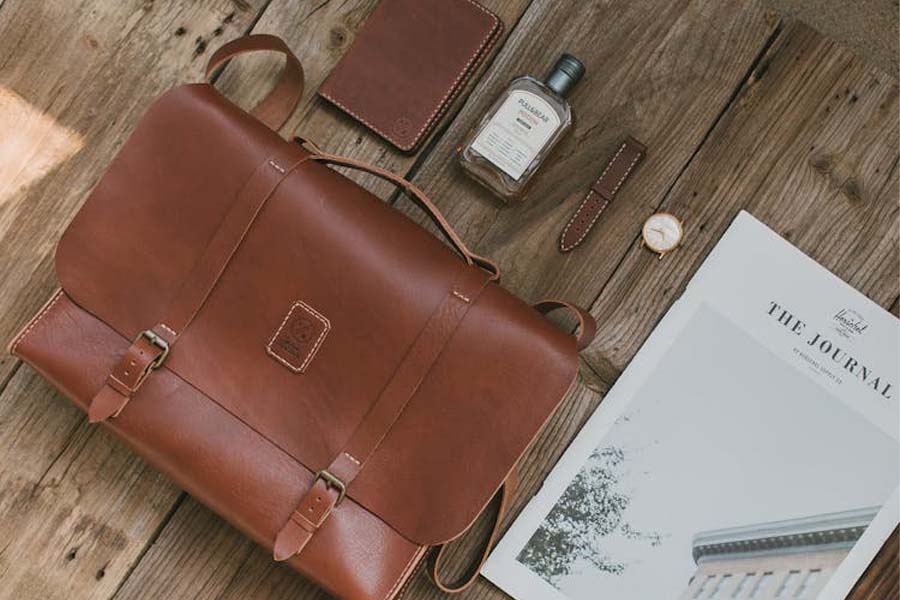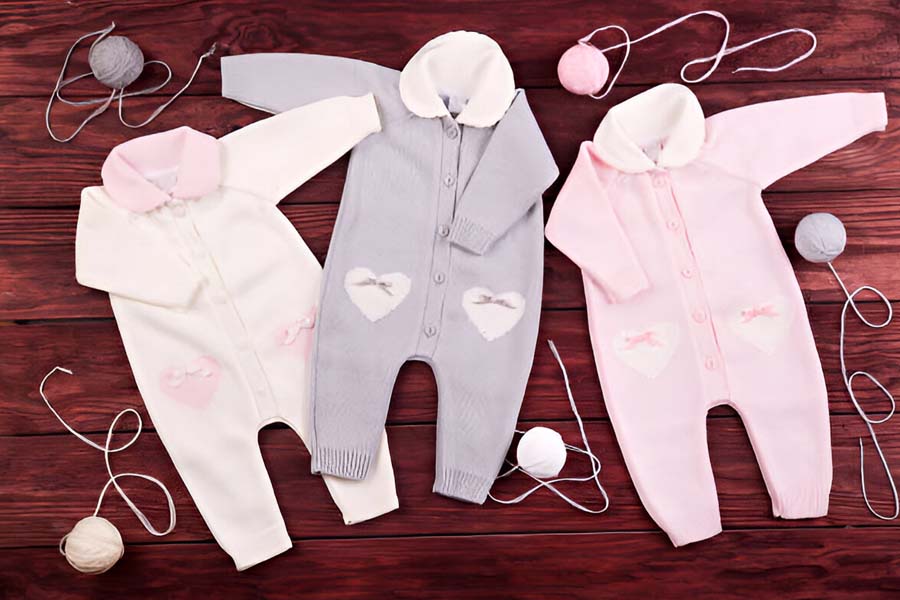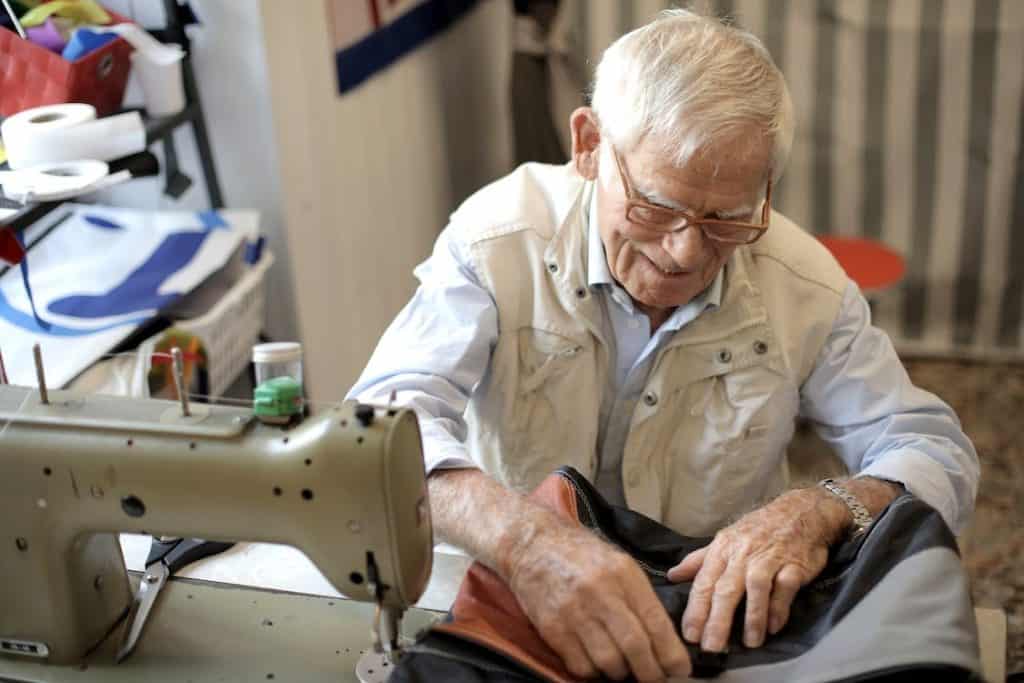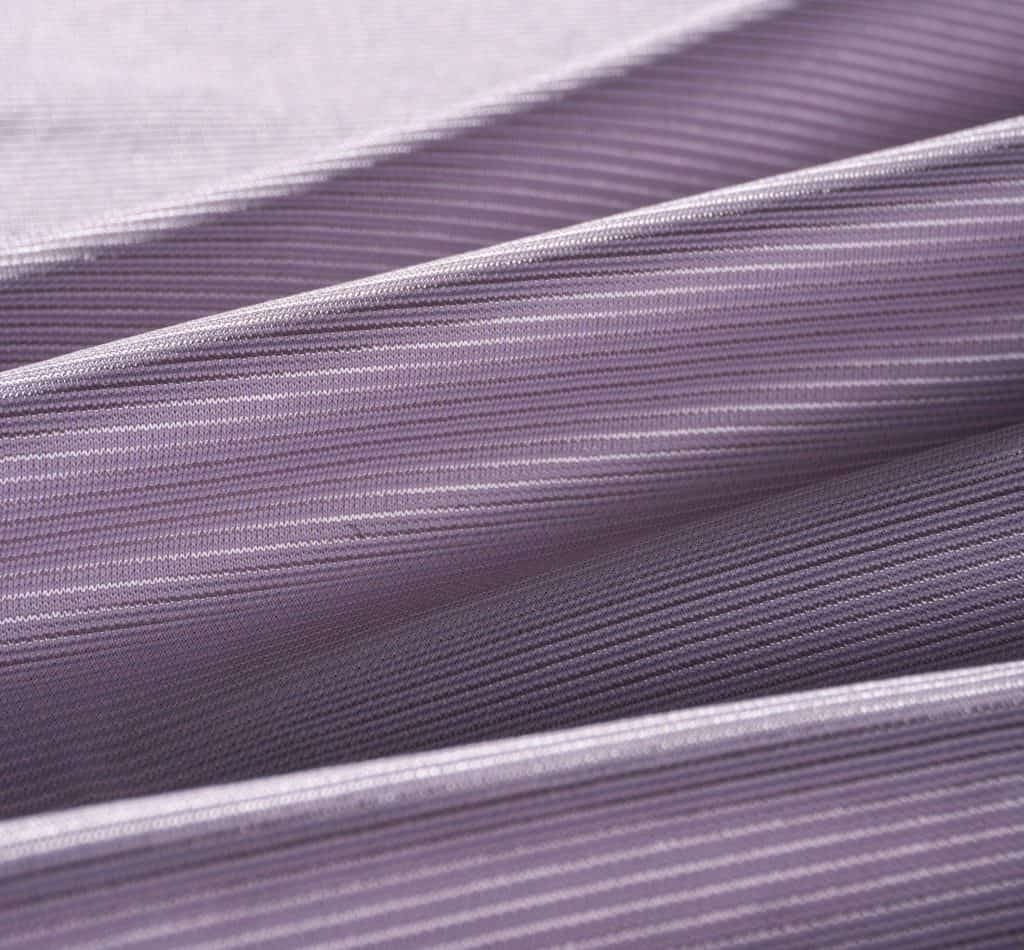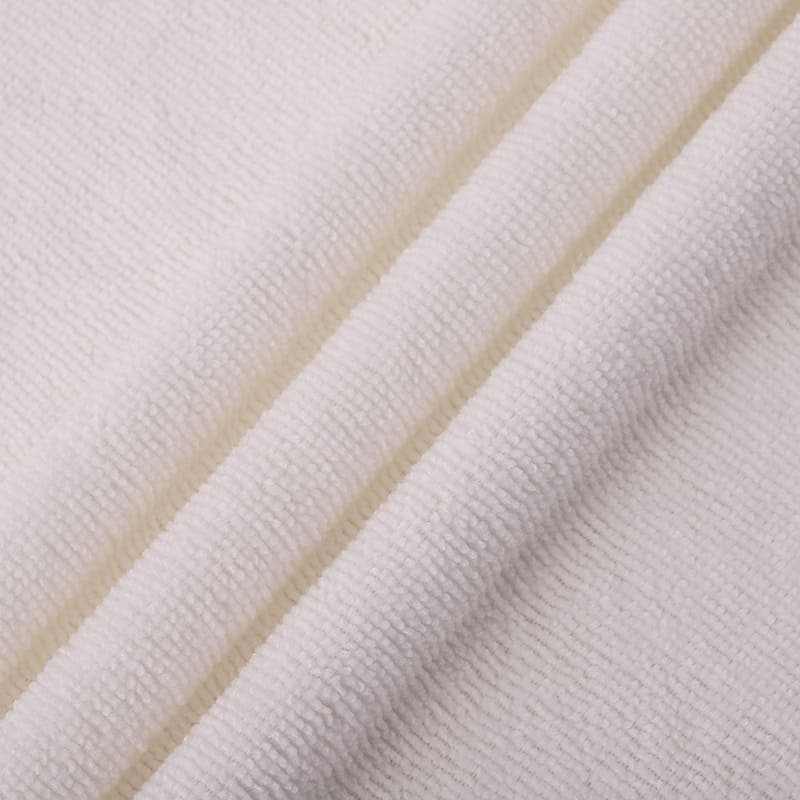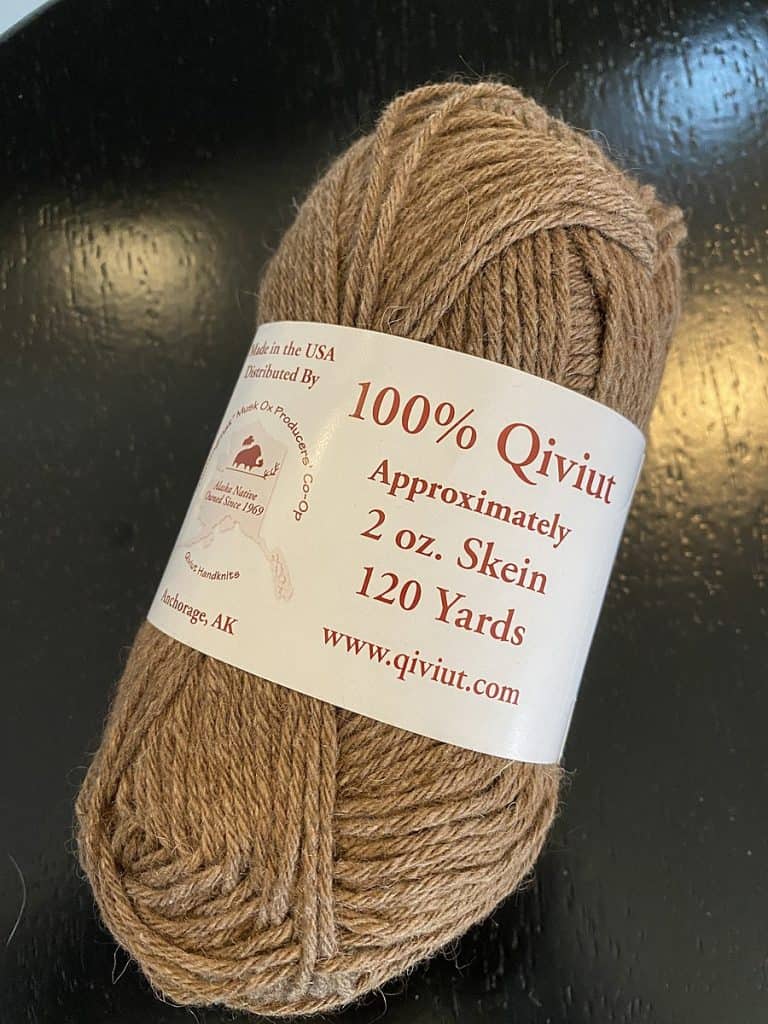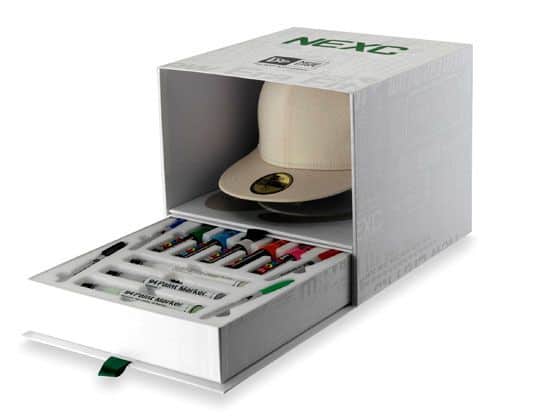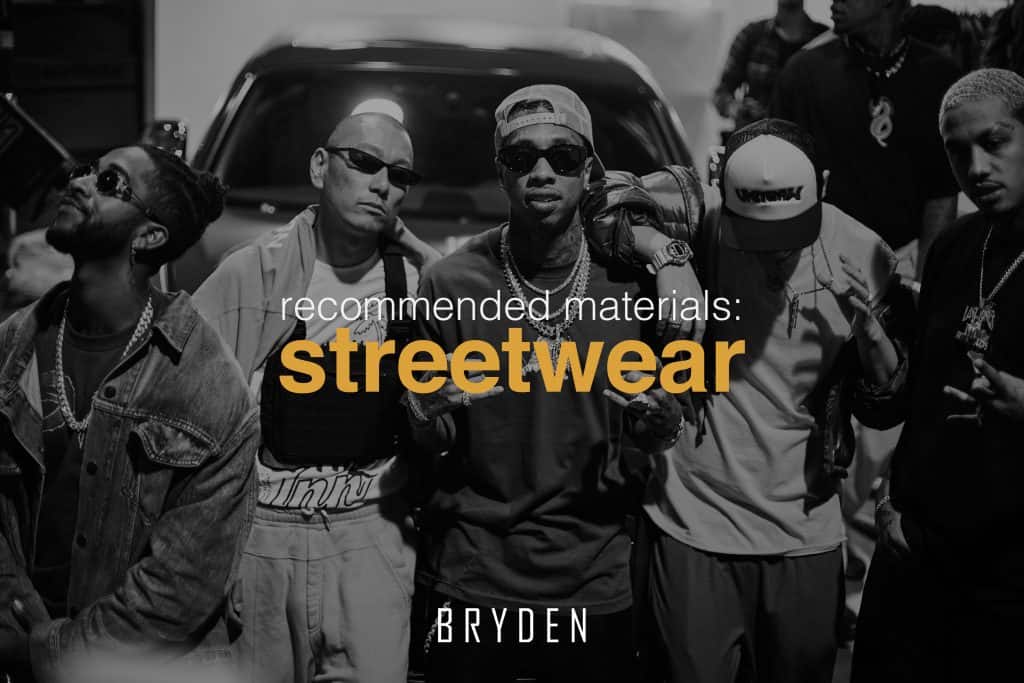
Streetwear Fabric Recommendations
What better way to kick off our very first recommended fabrics series than with the ever-popular category of streetwear?
An industry term used to describe non-designer clothes worn every day on the streets, the multibillion-dollar streetwear boom was first largely centred around subcultures of hip-hop and rap music, skateboarding and art intertwined with fashion.
Now, it has expanded to a wide array of various subcultural influences, and the big brands are in on it too.
From large-name brands like Supreme and Louis Vuitton to fast fashion houses like H&M and Zara, streetwear helms a wide variety of styles and garments with definitely something that’s sure to be up to anyone’s alley.
In this guide, we feature our personal fabric recommendations for popular streetwear style pieces to help you make an informed decision when embarking on manufacturing your clothing collection.
Table of Contents
Twill
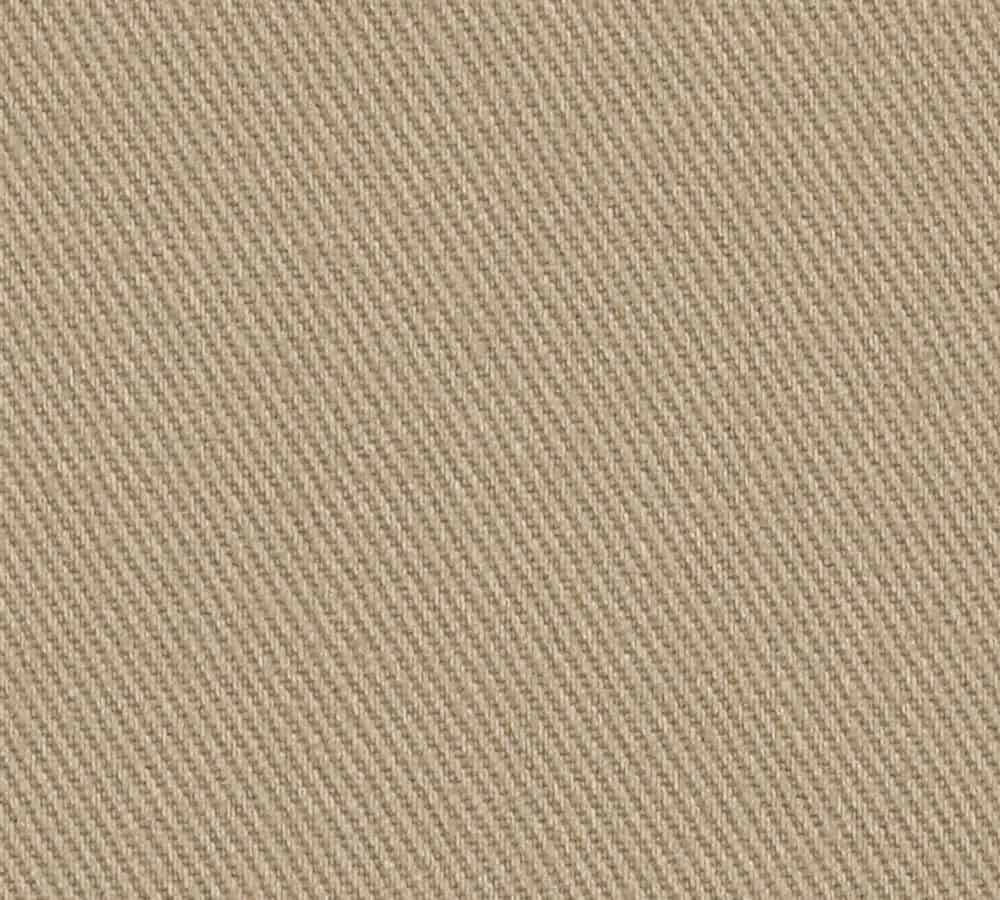 Image: potterybarn.com
Image: potterybarn.com
A plain-weave fabric, the yarns in twill are packed closely together to result in its signature thick pattern of diagonal parallel ribs. Twill fabrics generally have a front (technical face) and back (technical back) side, with the front being more visually attractive, durable and pronounced.
Often used for sturdy work clothing, trousers/pants and upholstery, the durable fabric choice is also prevalent and distinguishable in denim, chino, drill, herringbone and gabardine fabrics-which are all a type or variation of the twill.
Pros:
- Durable
- Wrinkle resistant
- Opaque
- Stain resistant
Cons:
- Can wrinkle
- Prone to shrinkage if not washed correctly
Recommended for: dresses, shirts, pants
Armani – cotton twill shirt
Proenza Schouler – twist front ruched twill dress
Marni – twill pants
Armani
Cotton-twill shirt
Proenza Schouler
Twist front ruched twill dress
Marni
Twill pants
Woven Nylon and Nylon Blends
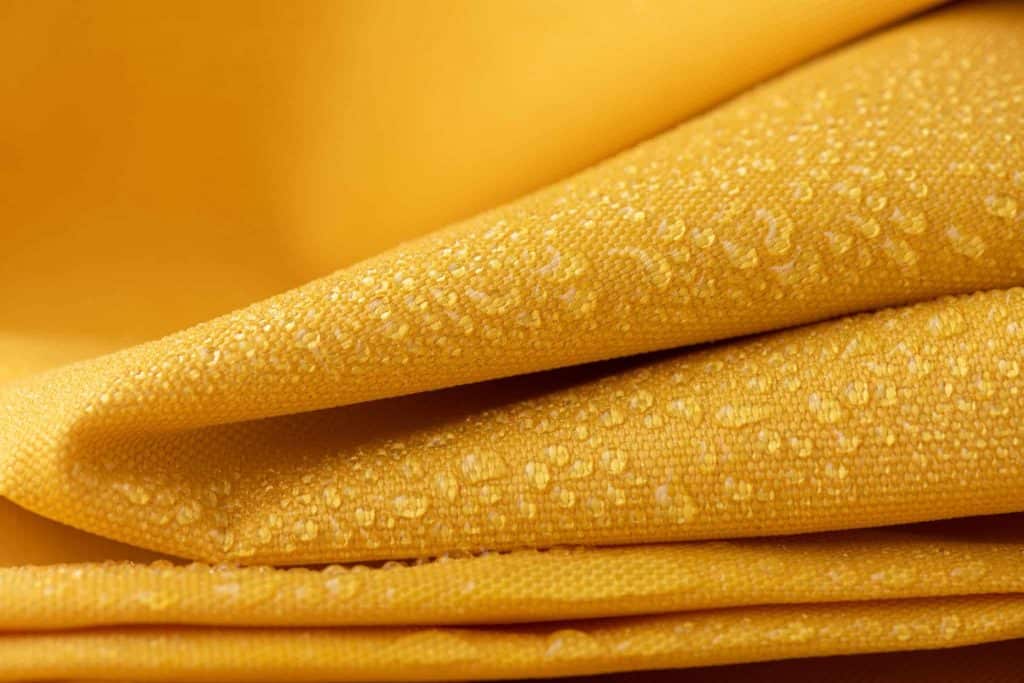
Image: Stern & Stern
A synthetic polymer fabric, nylon is made from monomers-a long-chained carbon-based molecule. Originally marketed as an alternative to silk for making stockings, it is one of the most commonly used fabrics to date thanks to its high versatility.
Strong, durable, lightweight and tear-resistant, the fast-drying material makes for a great option for garments with a water-resistant property. Its ability to take color dyes well and resistance to fading also allow it to be produced in a variety of eye-catching colors and styles.
Pros:
- Very durable
- Water resistant
- Abrasion and wear resistant
- Lightweight
Cons:
- Can melt with heat – do not iron
- Non absorbent
Recommended for: jackets, pants, shorts
Givenchy – woven nylon jacket
Nike – woven nylon shorts
Gobchang – nylon blend pants
Givenchy
Woven nylon jacket
Nike
Woven nylon shorts
Gobchang
Nylon-blend pants
Woven Polyester and Polyester Blends
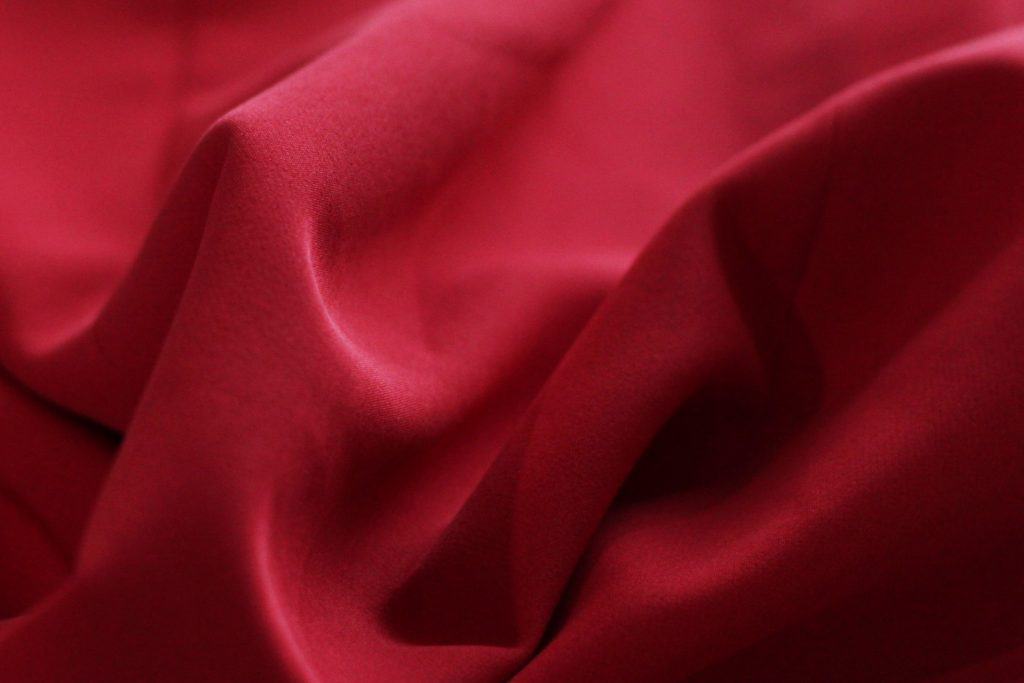
One of the most widely known synthetic fabrics, polyester is loved for its durability and affordability. Its strong fibers result in a fabric that is tear, stretch, pill and abrasion-resistant, making it a truly versatile option for clothing and even gear such as backpacks and camping tents.
Its moisture resistance also makes it resistant to stains, and when blended with cotton, its shrinkage, wrinkling and durability are enhanced.
Pros:
- Durable
- Versatile
- Moisture wicking
- Easy care
- Wrinkle resistant
Cons:
- Less suitable for those with sensitive skin
- Contains plastic fibers
Recommended for: jackets, pants, shorts
Maison Margiela
Poly-blend track pants
Hermes
Poly-blend jacket
NORTH SAILS X Prada
Recycled poly-blend shorts
Corduroy
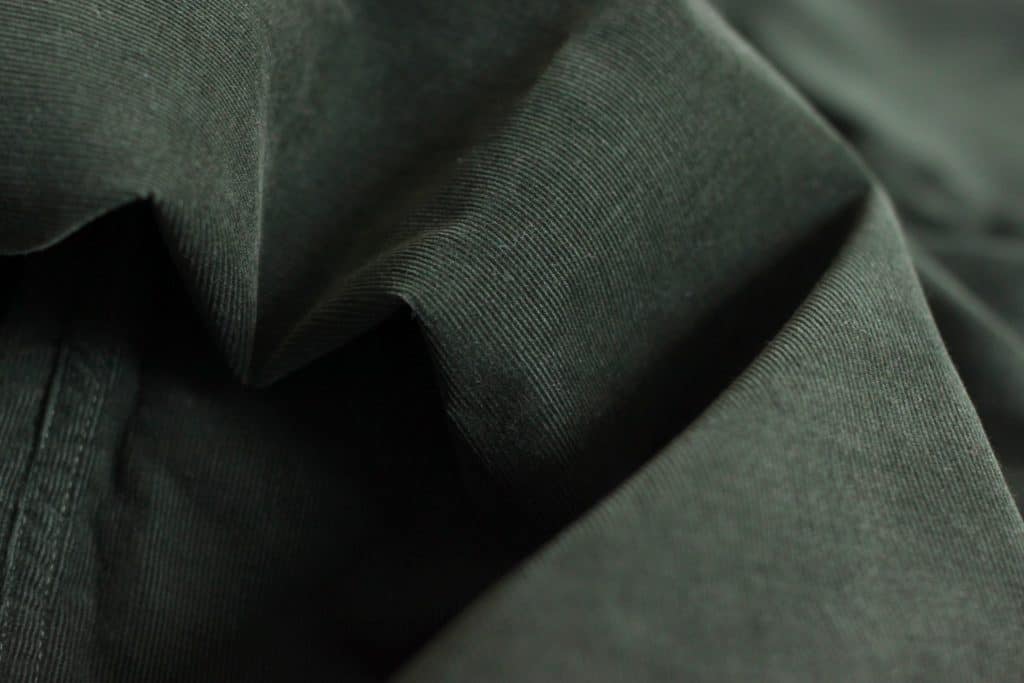
Distinguished by its distinctive raised cord or wale texture, the timeless corduroy fabric dates all the way back to ancient Egypt in 200BC and is still popularly used today. A ridged material made up of woven pile-cut yard which is then cut into cords or wales forming vertical ribs, its unique twill weave texture results in a thick and hardy fabric that holds warmth and remains durable.
Pros:
- Durable
- Soft and comfortable
- Interesting texture
- Easy care
Cons:
- Prone to shrinkage – avoid high-temperature washing
- Thick and heavy
Recommended for: pants, jackets
Levi’s
Corduroy pants
French Connection
Corduroy jacket
Gucci
Pleated cotton corduroy trousers
Jersey
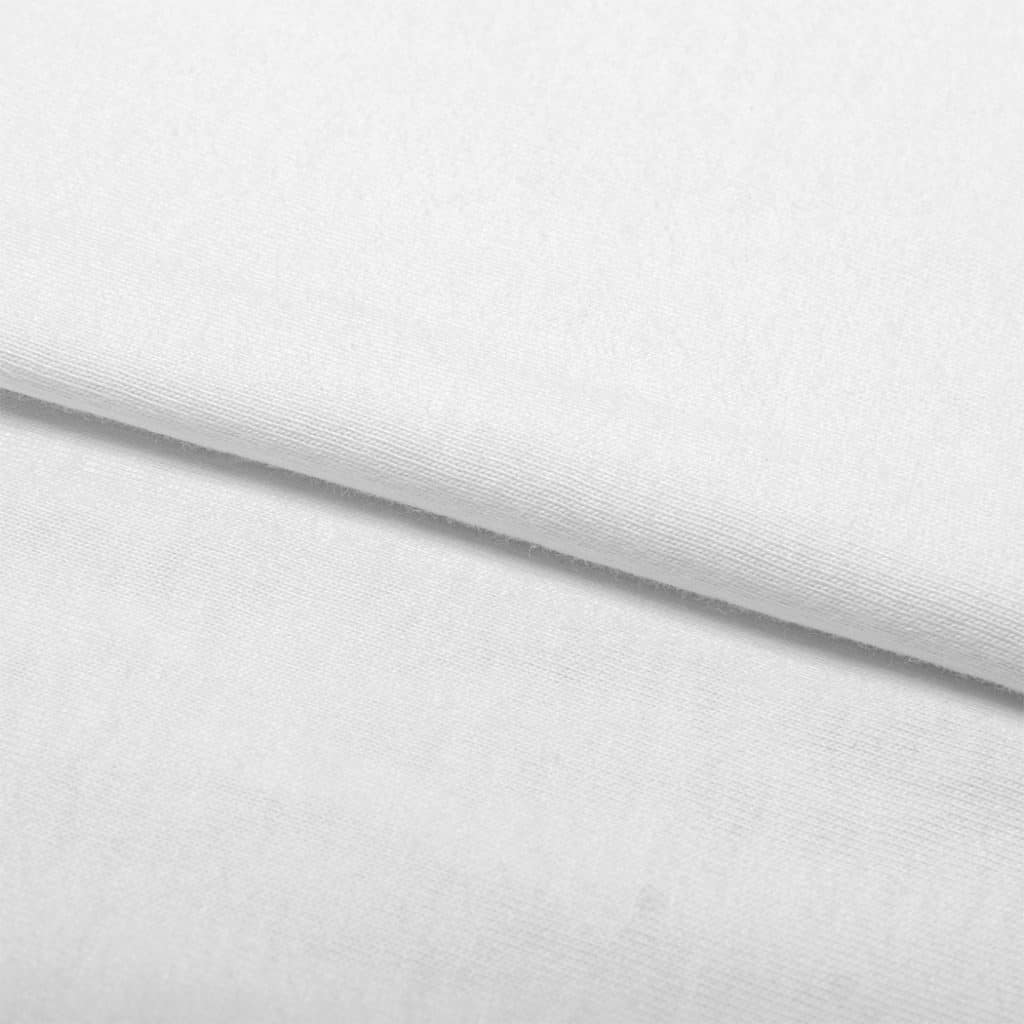
Also known as single knit, jersey-knit fabrics are one of the most basic forms of weft knitting and are a commonly used, highly diverse popular choice for clothing in the fashion industry.
Known for its stretchiness and close knits, the lightweight fabric is highly absorbent and breathable, making it a great choice for activewear, t-shirts, underwear and baby clothes.
Pros:
- Stretchy
- Versatile
- Wrinkle resistant
- Lightweight yet durable
Cons:
- Prone to piling
- May snag
Recommended for: polo tees, tank tops, shirts
MR P.
Jersey polo shirt
Superdry
Jersey t-shirt
Dolce & Gabbana
Jersey tank top
Heavyweight Jerseys
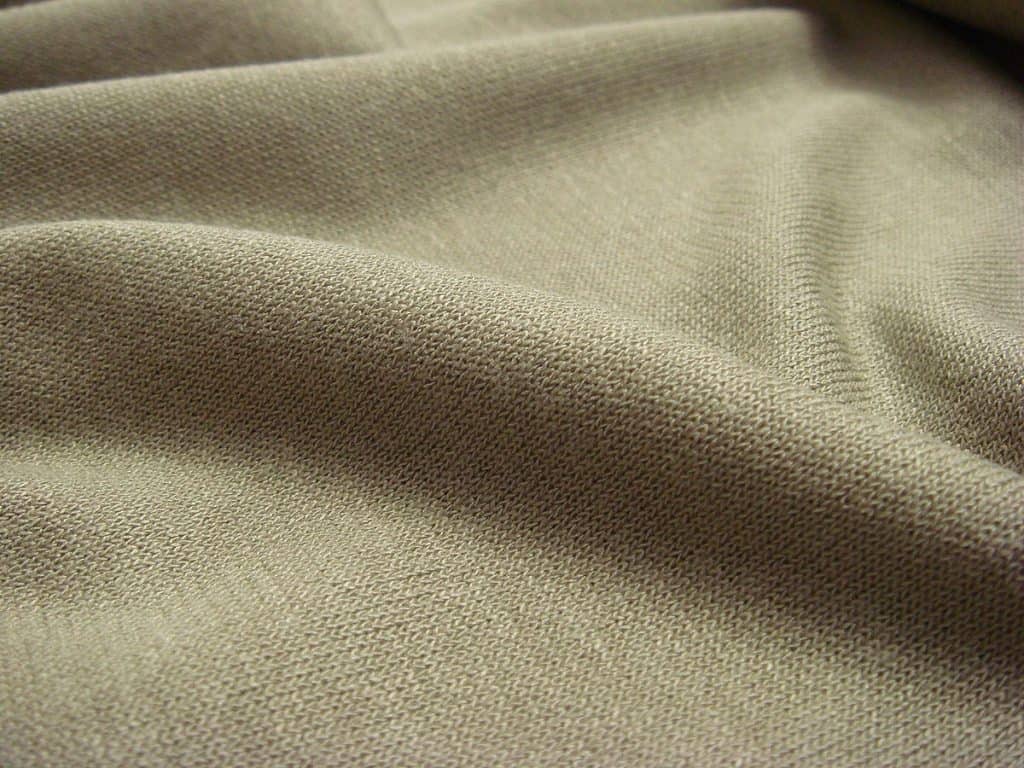
A heavier and thicker variation of the jersey fabric, heavyweight jerseys retain their highly absorbent and breathable qualities despite their thicker weight, which provides an extra plush and cosy option for sweatshirts, sweatpants and hoodies, or for garments that will provide more warmth in cooler climates.
Pros:
- Breathable
- Warm and insulating
- Wrinkle resistant
- Sturdy yet flexible
Cons:
- Can feel warm in tropical climates
Recommended for: hoodies, sweatshirts, sweatpants, short
Rick Owens
Crewneck t-shirt
Komakino
Heavy jersey raglan hoodie
Rick Owens
Heavy jersey pants
Interlock / Double Knit
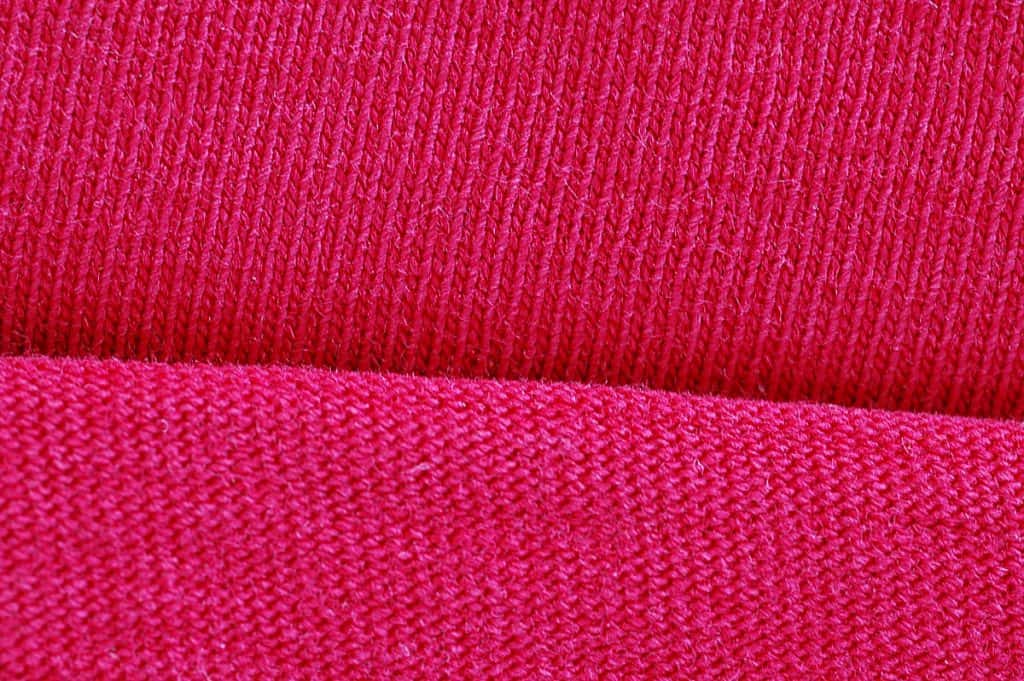 Image: oliverands.com
Image: oliverands.com
A variation of the rib knit, the double knit construction of interlock fabrics result in a thicker fabric that’s soft, insulant, firm, and absorbent. Although it is heavier, thicker and firmer than single jerseys, the interlock fabric remains breathable and feels soft and light, making it an ideal choice for activewear and undergarments.
Pros:
- Soft and comfortable
- Reversible and smooth
- Thicker fabric type
- Naturally stretchy
- Same texture on both sides
- Does not roll and curl at the edges
Cons:
- May have a tendency to snag, fuzz or pile
Recommended for: hoodies, sweatshirts, sweatpant
Polo Ralph Lauren
Cotton interlock hoodie
Thom Browne
Interlock track pants
Dunhill
Interlock cotton t-shirt
French Terry
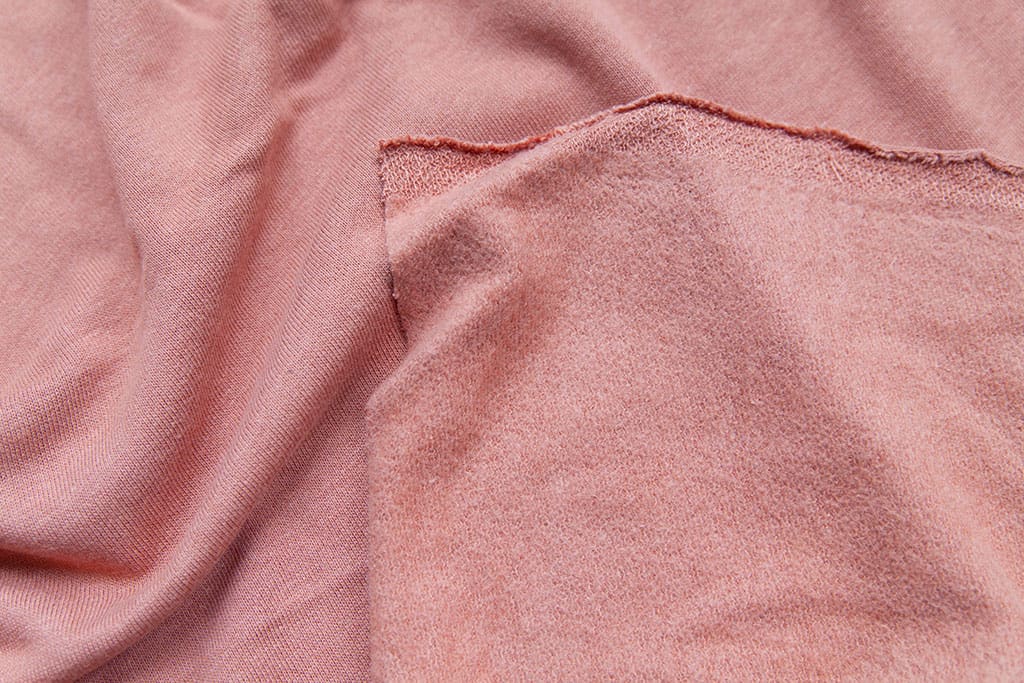 Image: seamwork.com
Image: seamwork.com
Inconspicuous at first glance with its outer resemblance of ordinary jersey fabric, French terry features a smooth knitted outer side and a loosely woven, thread-looped pile inner, which gives it its alternative name the loopback. Lighter than conventional sweatshirt fabrics, the looped backing provides a touch of warmth without being bulky, which makes for great light sportswear garments that are suitable for layering.
Pros:
- Moisture wicking
- Lightweight
- Wrinkle resistant
- Easy care
Cons:
- Prone to piling
Recommended for: jackets, sweatshirts, sweatpants, shorts
3.1 Phillip Lim
French terry dress with taffeta skirt
Stüssy
French terry tee
Everlane
French terry tracksuit
Fleece
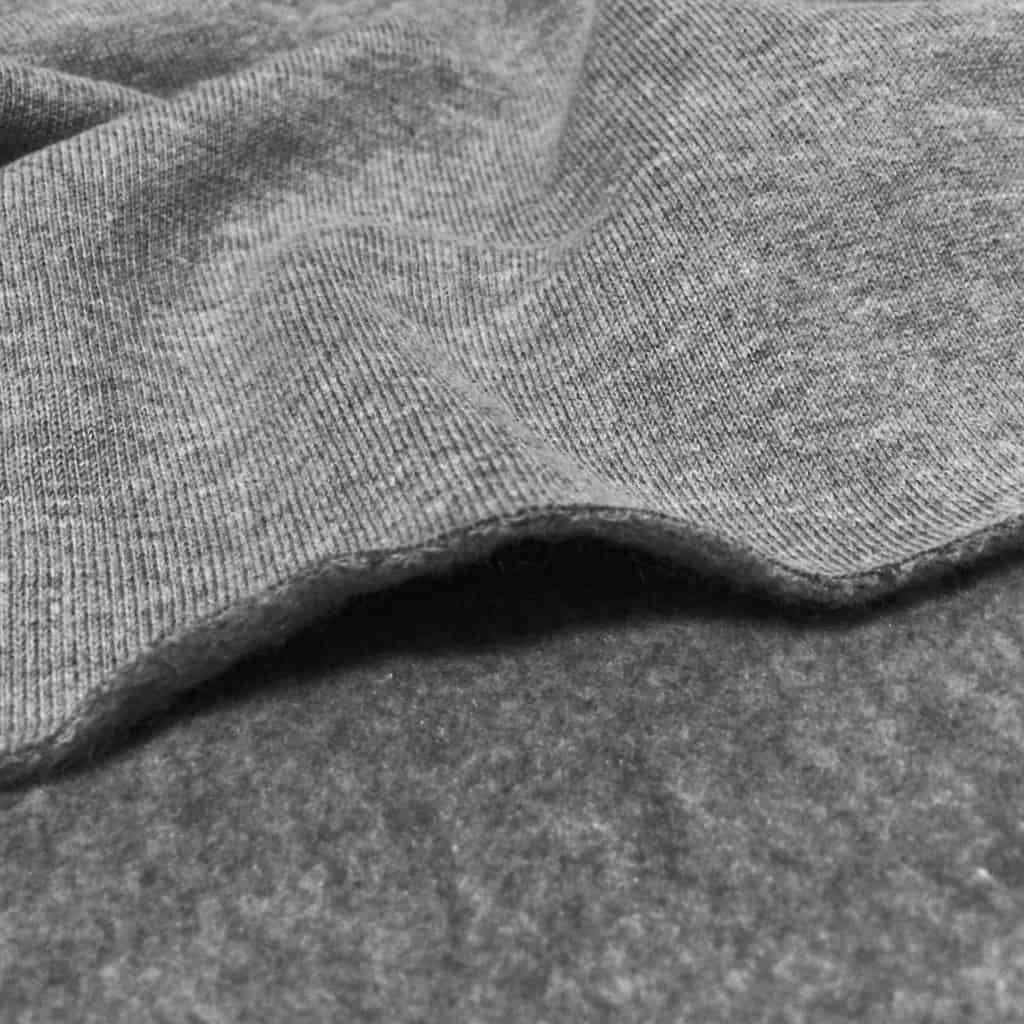
A man-made synthetic product not to be confused with the coats of sheep, fleece fabrics are created from polyester. Woven into a light fabric that is brushed to aid in increasing fiber volume, it provides plush and cosy insulation.
Its moisture-resistant properties make it a popular choice for cooler weather and sportswear, wicking perspiration and allowing air to circulate to keep the skin comfortable and dry.
Pros:
- Warm, soft, cosy, plush
- versatile and dynamic
- Wrinkle resistant
- Good insulation
Cons:
- Can’t be washed, tumble dried or ironed at high temperatures
- Prone to attracting lint and dust due to high static electricity
Recommended for: hoodies, shorts, sweatshirts, sweatpants
Prada
Fleece hoodie
Emporio Armani
Fleece sweatpants
Nike
Fleece hoodie
Pique
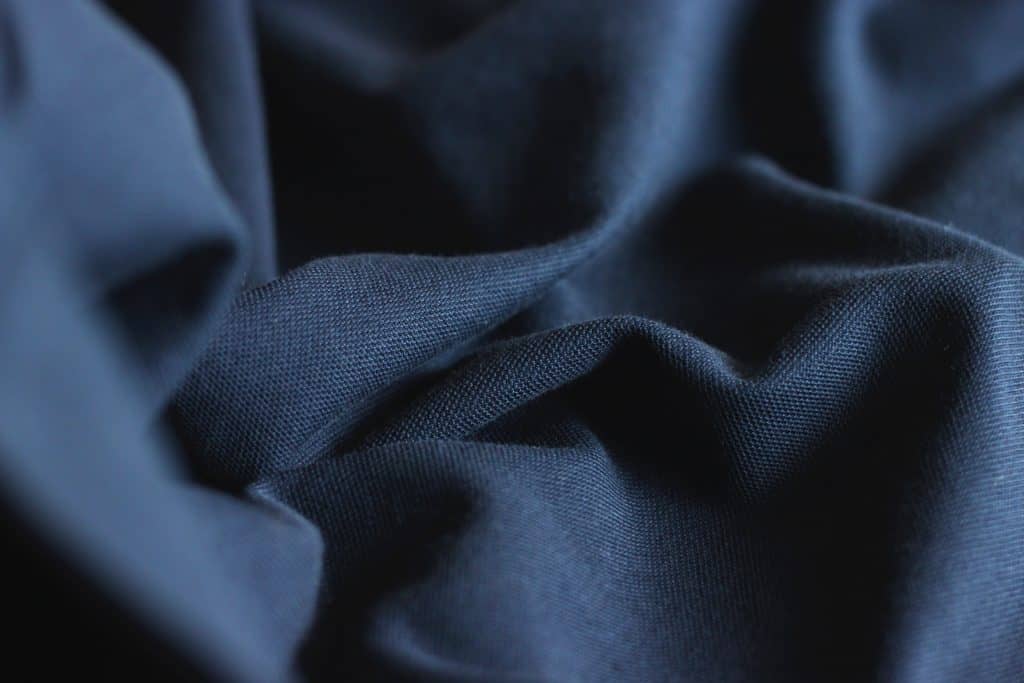
Pique fabric is characterized by raised parallel cords or fine ribbing which gives the fabric its embossed appearance, the double weave cotton fabric’s pattern and structure lends for a more formal presentation than jersey fabrics. Its advantageous texture and weave type conceal and show less sweat, and together with its other properties of breathability, durability, and easy care, it’s no wonder that it’s a commonly used fabric for sportswear.
Pros:
- Breathable and airy
- Formal look with the weave and knit type
- Durable and long lasting
- Shows less sweat
Cons:
- Can be prone to wrinkling
Recommended for: polo tees, shirts, t-shirts
Adidas
Pique shirt
Fear Of God
Pique pocket tee
Prada
Pique polo shirt
Mesh
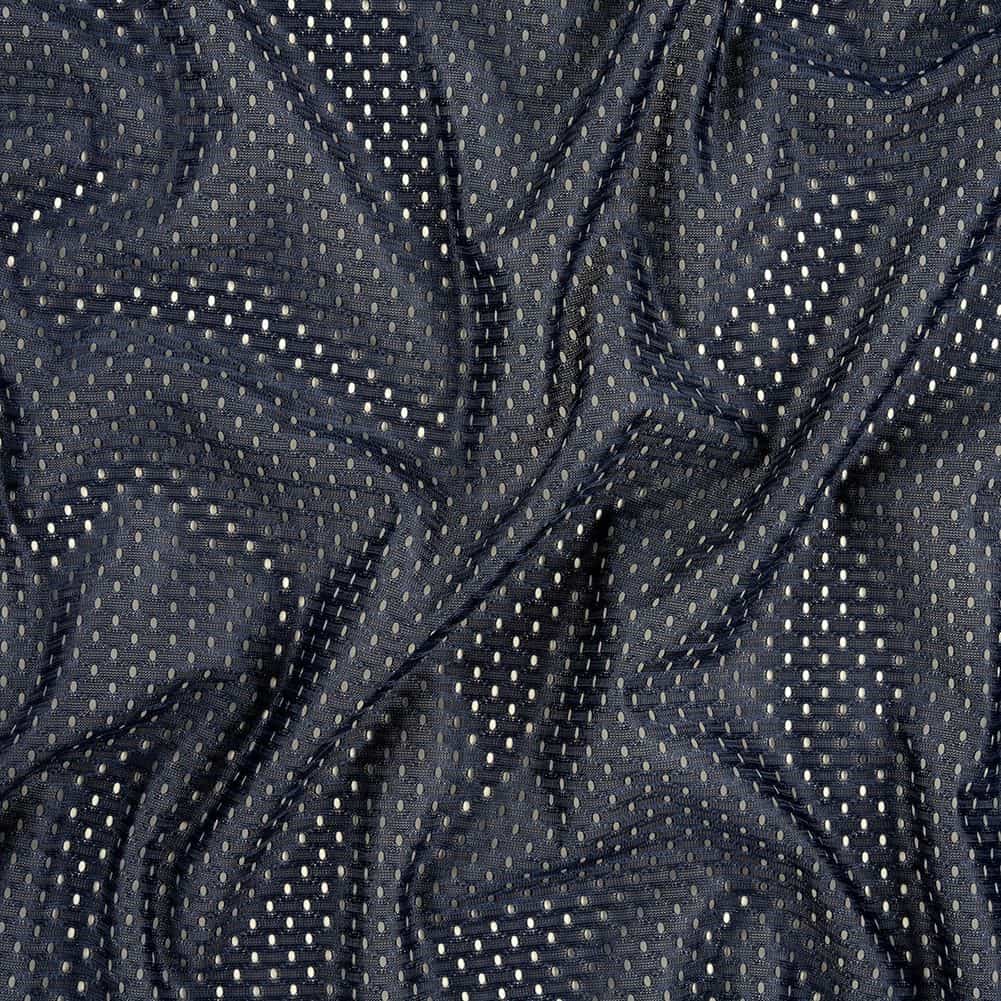 Image: moodfabrics.com
Image: moodfabrics.com
Characterised by its net-like open pattern, lightweight heft and permeable texture, mesh fabrics are woven or knitted loosely, resulting in its open hole structure. The lightweight properties and open holes provide breathable ventilation while remaining durable against ripping or tearing, making it a great choice for sportswear and warm climates.
Pros:
- Durable and resistant to rips/tears
- Allows for ventilation
- Mildew resistant
- Lightweight, breathable
Cons:
- Holes in mesh fabric can easily catch onto things and snag if not careful
Recommended for: tanks and singlets, shorts, shirts
Nike
Mesh shirt
Adidas by Stella McCartney
Mesh tank top
Stüssy
Mesh shorts
Poplin
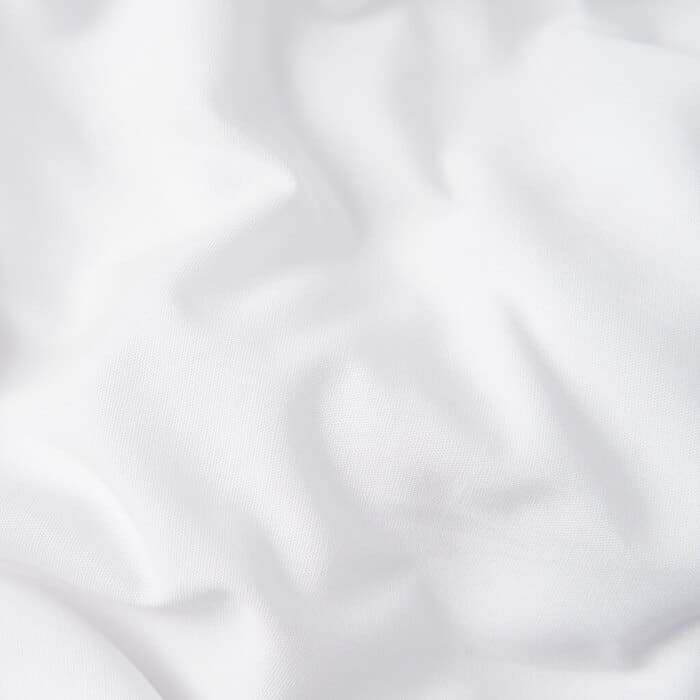 Image: spoonflower.com
Image: spoonflower.com
A ribbed variation of the plain weave fabric, poplin boasts softness and durability due to its weaving structure and high density, which also allows the fabric to be reversible. Lightweight, durable and with a distinctive lustre, it remains a popular choice not only for shirts but also for upholstery.
Pros:
- Luxurious sheen
- Wrinkle and crease resistant
- Easy to iron
- Breathable
Cons:
- Fabric is thin – may not provide enough insulation for cooler climates
Recommended for: shirts
Burberry
Poplin shirt
H&M
Cotton poplin shirt
Balenciaga
Logo poplin shirt
Oxford
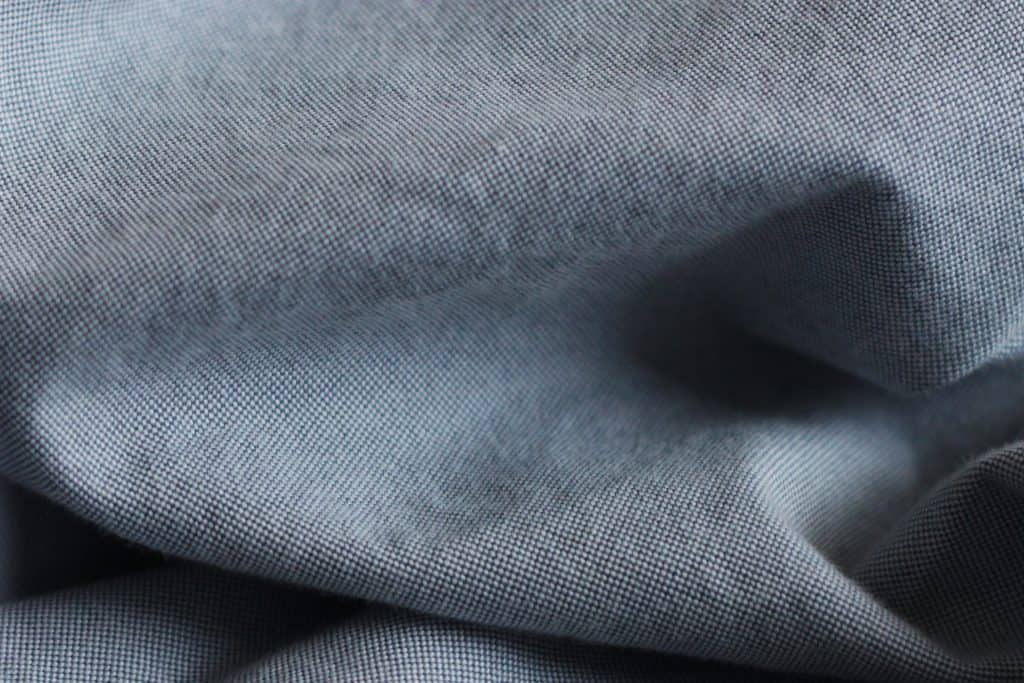
A popular high-quality choice for shirts, the oxford fabric was created in 19th century Scotland by a mill that named its four fabrics after the most prestigious universities of that time-Cambridge, Harvard, Yale and of course-Oxford.
Light, lustrous and soft, oxford features a basketweave structure made by weaving multiple yarns together in a crossed vertical and horizontal direction. Thin yarns are woven over a thicker filler yarn, with threads passing in one direction dyed while the others are left white, creating a thicker fabric with a fine texture and unique checkerboard appearance.
Pros:
- Wrinkle resistant
- Ages well and gets softer with use
- Resistant to damage and wear
- Durable and versatile
Cons:
- Thicker compared to other shirting fabric
- Insulating properties can make it less breathable in hot climates
- Not suitable for formal attire
Recommended for: shirts, pants
Sacai
Oxford pants
Tom Ford
Oxford shirt
Fred Perry
Oxford shirt
Chambray
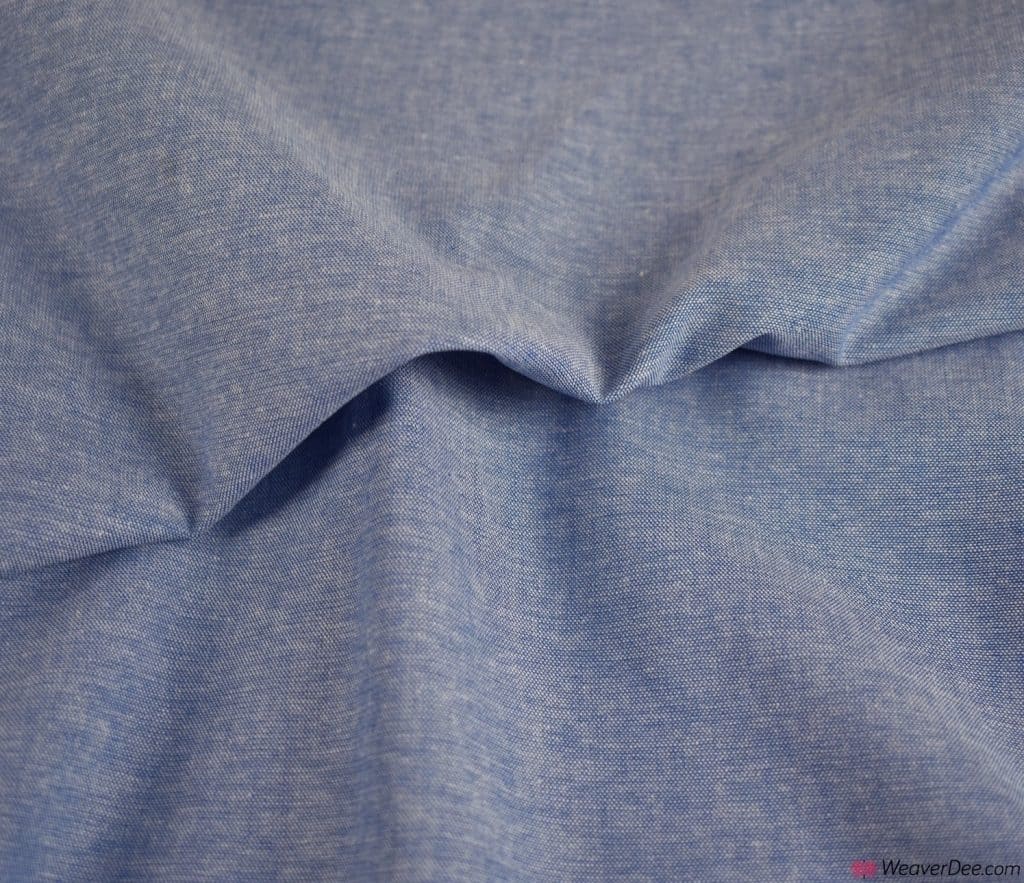
Image: weaverdee.com
A popular fabric option for summer clothing, chambray is a lightweight and breathable plain weave fabric that bears visual similarities to denim. Its multicoloured yarn arrangement gives it a slightly faded appearance, with a smooth and soft feeling against the skin due to its tight weave.
Pros:
- Very breathable, great for summer
- Soft, and lightweight
- Great alternative for denim
- Stretchy, strong, and tear-resistant
Cons:
- 100% cotton chambray fabrics have a tendency to wrinkle
Recommended for: shirts, summer dresses and skirts
A.P.C
Chambray shirt
Miu Miu
Chambray dress
Neighbourhood
Chambray shirt
Suede
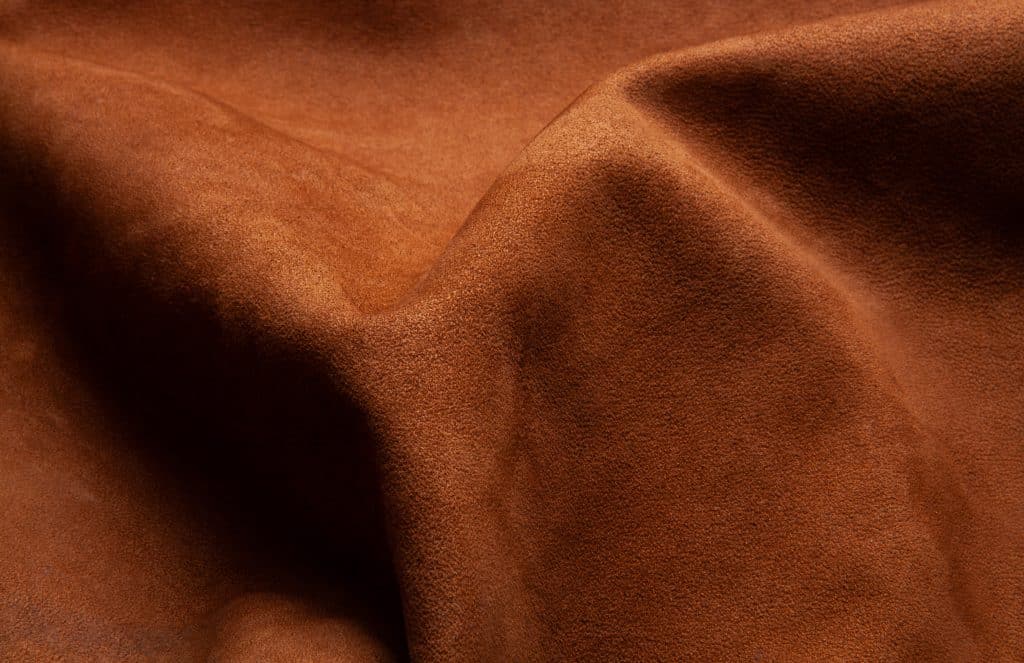
Derived from the underside of animal skin unlike leather which is derived from the top side, suede is a durable and comfortable hide option that feels much softer against the skin. Its napped and fuzzy characteristic provides an interesting appearance, but its permeable quality lacks the waterproofing benefits of leather. Booming to popularity in the twentieth century, it is associated with luxury due to its soft, delicate feel.
Pros:
- Very durable and tough
- Long lasting
- Interesting napped appearance and texture
- Soft and luxurious touch
Cons:
- Can be difficult to care for
- Poor resistance to stains, dust and dirt
Recommended for: coats, jackets, parkas
Polo Ralph Lauren – suede bomber / The Row – suede coat / Balmain – biker suede trousers
Polo Ralph Lauren
Suede bomber
The Row
Suede coat
Balmain
Biker suede trousers
Drill
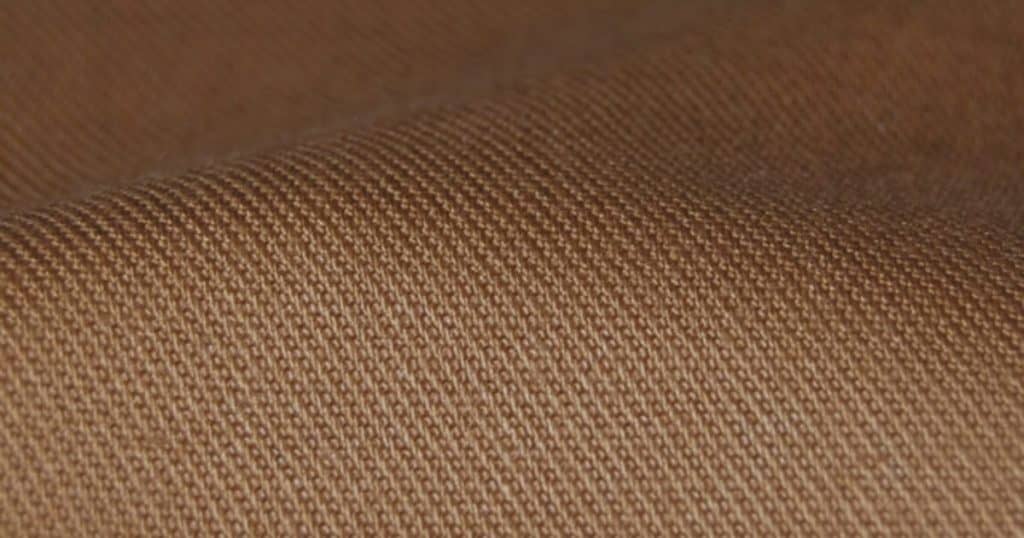 Image: thefabricofourlives.com
Image: thefabricofourlives.com
Also known as chino, drill offers an interesting texture with its diagonally woven appearance and strong twill weave. Its mercerized surface lends a smooth and soft appearance and texture, with its weaving structure imparting durability and abrasion resistance. Originally used for military purposes, drill fabric is now commonly used for shirts, safari jackets, sneakers, uniforms, and chef coats due to its versatility and resistance towards wear and tear.
Pros:
- Versatile, sturdy
- Long lasting and holds well to wear and tear
- Comfortable and breathable
- Tough and high strength
Cons:
- Prone to shrinkage if not washed correctly
Recommended for: pants, jackets, shirts
Comme des Garçons
Drill trousers
Agnes B
Drill jacket
Brunello Cucinelli
Cotton drill trousers
Found this guide useful and want more?
Check out our other recommended fabrics for various clothing styles:






